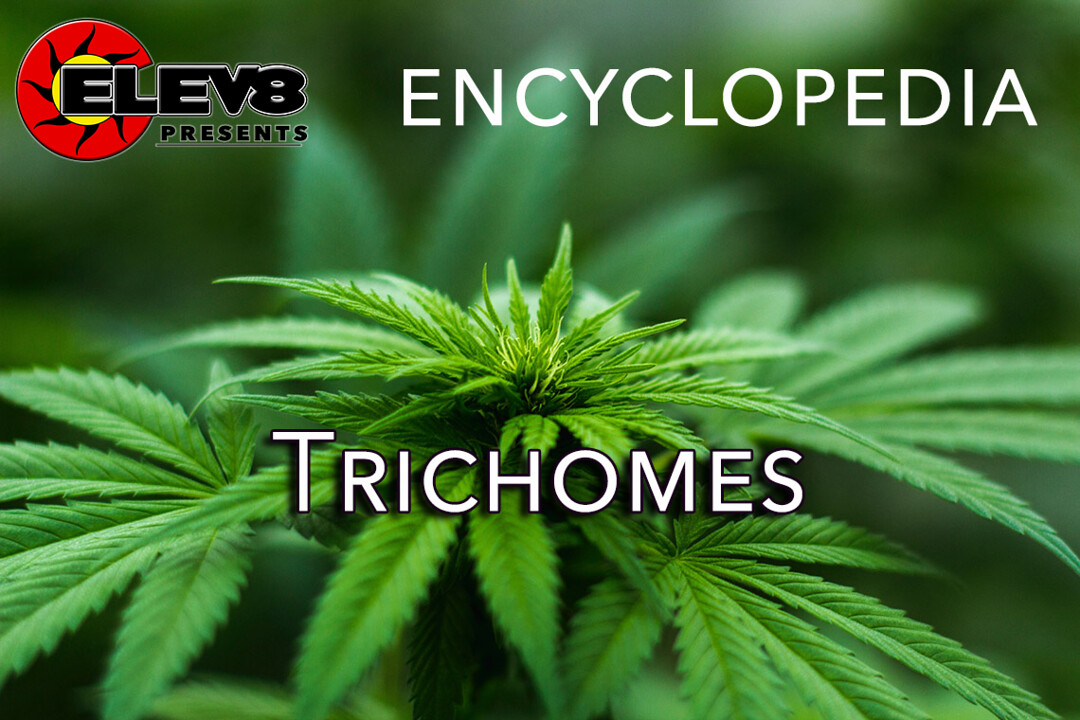What does Trichomes mean?
Trichomes, also referred to as glandular trichomes, are tiny hair-like components that are found on the epidermis of several types of plant stems and leaves. At the tip of the hairs of these specialized formations are glandular cells that produce, store, and secrete substances, mainly valuable essential oils.
Nearly all plant species produce some sort of hair-like formation, yet only around 30 per cent of vascular plants have the ability to create the sought-after substances trichomes are known to create.
Glandular trichomes come in several different shapes, depending on the plant species. This makes them a characteristic that is often used in the classification and identification of a plant species or strain.
The different types of glandular trichome exudates include terpenoids, phenylpropenes, flavonoids, and methyl ketones.
More info on Trichomes
Trichomes are not directly connected to a plant’s vascular system, which means they are not products of a plant’s primary metabolism. In other words, they are not involved in the reproduction or respiration processes of the plant, for example. Hence, trichomes make up part of a plant’s secondary metabolism.
It is believed that the role of glandular trichomes in plants is to help protect the plants from pests and small animals. Trichomes have a strong smell that detracts these pests, and their antifungal, antibiotic, and antiviral properties are among the reasons why these compounds are sought after for medicinal purposes.
Trichomes also contain UV ray-absorbing compounds that help protect plant leaves from potential harm from too much sunlight.
For years, researchers have been working on ways to increase glandular trichome production in various plant species in an effort to collect as much of the desired essential oils from one plant as is possible. This research is likely to continue as more and more people are turning towards the healing powers of essential oils in an attempt to rid their lives of chemical medications, cleaners, and household remedies.
Since glandular trichomes are the result of a plant’s protective measure against a danger in the environment, it is believe that one way to enhance the production of these secondary metabolites in your own garden is to place slight amounts of stress on your plants at the right times.
Marijuana contains three forms of trichomes. The bulbous forms, which are the smallest, cover the entire surface of the leaf. Capitate sessile trichomes are larger and far more prevalent, while capitate-stalked trichomes are the largest and most visible to the naked eye.
In addition to being used for the plant’s protection, trichomes also produce cannabinoids as cannabis plants enter the bloom stage. As the plant begins to produce flowers, trichomes begin to form along the outer surface and begin to transport vacuoles and plastids to the gland head. It is during this stage when cells within the gland head will begin to metabolize and eventually become cannabinoids.
A dense quantity of trichomes is an indicator of the quality of the cannabinoids that the plant contains.







